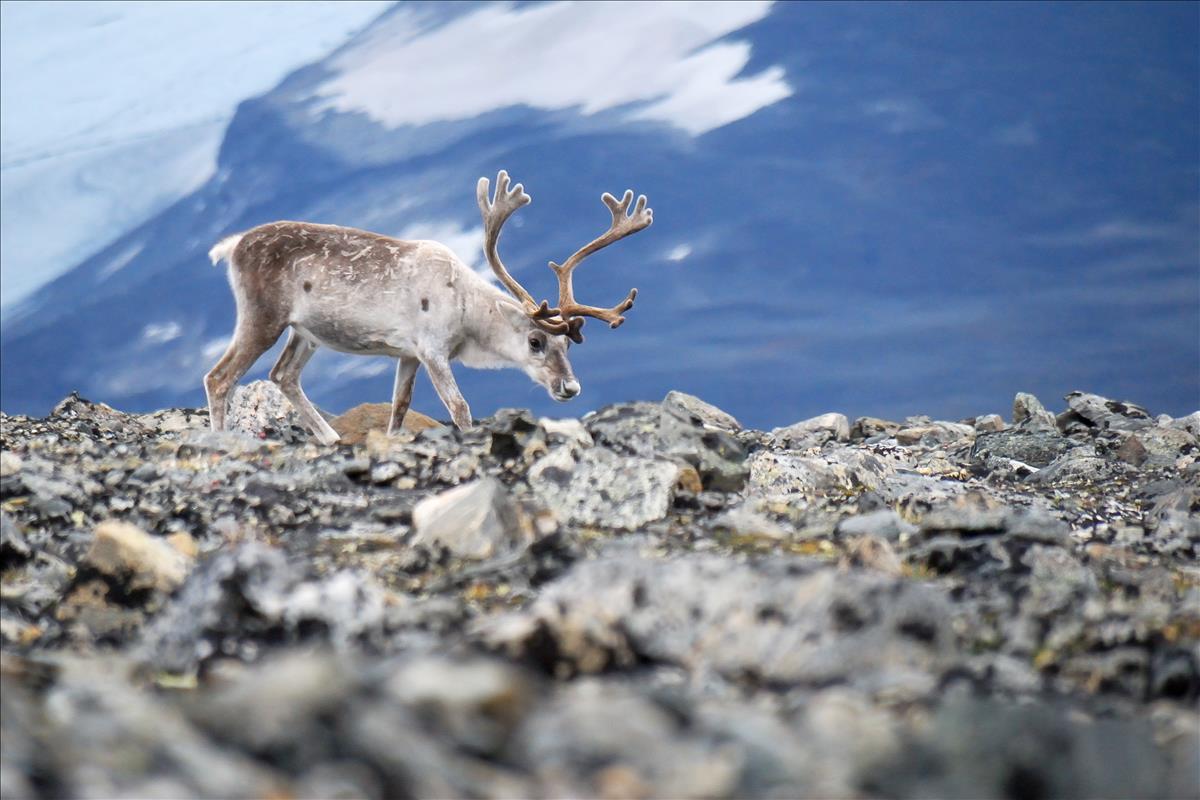Alerts
Please be advised that our bird aviaries are open!
Your Toronto Zoo is committed to the health and safety of the animals in our care. We take proactive steps to protect our birds from Avian Influenza which has been confirmed in a wild bird in southern Ontario, and some birds may still be off display.
Please note Splash Island is still closed and will not open until July due to unforeseen delays in construction. Please watch for updates on https://www.torontozoo.com/tz/splash or on our social media pages. Thank you!
Please note the following animals are currently not on display due to various reasons including Avian Bird Flu, and Covid-19 sensitivity:
- Flamingo, peacock, owl, bald eagle, and aviaries
- Some Kids Zoo Animals
- Cougar
- Moose
- Kangaroo walk through (kangaroos are still visible)
- Axolotl
We apologize for the inconvenience!


Mammal
Location at the Zoo:
Tundra Trek
Region: Eurasia
European reindeer
Reindeer, Rangifer tarandus, are referred to as caribou in North America. Collectively they are divided into two major groups: the tundra reindeer (or caribou) with six sub-species and the woodland reindeer (or caribou) with three sub-species. They are all similar, however amongst the tundra group are three small-bodied forms. Rangifer tarandus tarandus, or the European reindeer, is one of these. This European reindeer is of small stature, and is alike in general appearance to other reindeer and caribou; however, coat colour varies with sub-species. This sub-species is light brown in summer changing seasonally to grey-white in winter, with the white areas often present on the neck and belly. The coat has two layers of fur, a dense woolly undercoat and a longer-haired overcoat. They are sexually dimorphic, meaning that males and females look different, which in this case the males are larger. Males have a thick mane of fur around the lower part of the neck. Although both sexes have antlers, male antlers are larger and more complex. The antlers are many pronged, with characteristically curved main stems that sweep back and up from the forehead, then turn forward. They have a long head and rump, and rather long legs. The hooves are broad and rounded, and the tail is short. Reindeer weigh on average 113 kg and stand 120 cm at the shoulder.Conservation Status: IUCN
